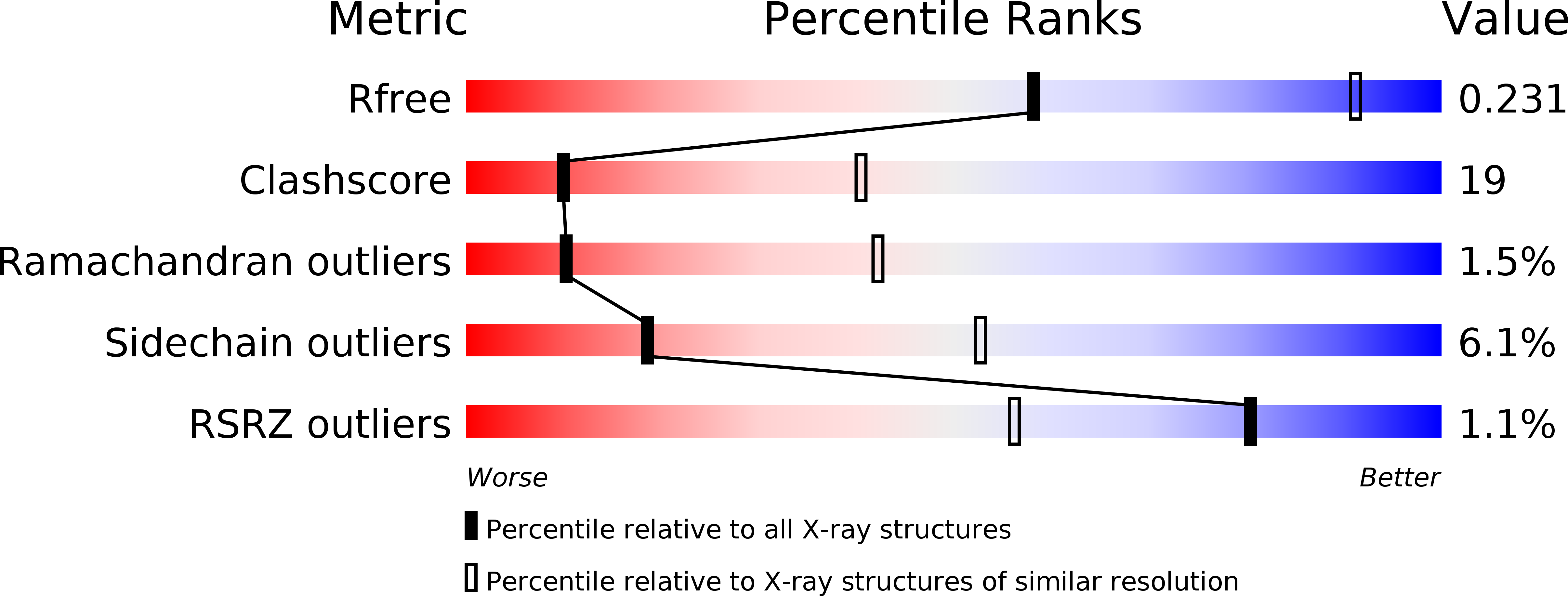
Deposition Date
2008-08-10
Release Date
2008-09-02
Last Version Date
2024-10-09
Entry Detail
PDB ID:
3E47
Keywords:
Title:
Crystal Structure of the Yeast 20S Proteasome in Complex with Homobelactosin C
Biological Source:
Source Organism:
Saccharomyces cerevisiae (Taxon ID: 4932)
Method Details:
Experimental Method:
Resolution:
3.00 Å
R-Value Free:
0.24
R-Value Work:
0.21
R-Value Observed:
0.21
Space Group:
P 1 21 1


